Learn the importance of building an emergency fund for financial security. Discover why and how to start saving today for unexpected expenses.
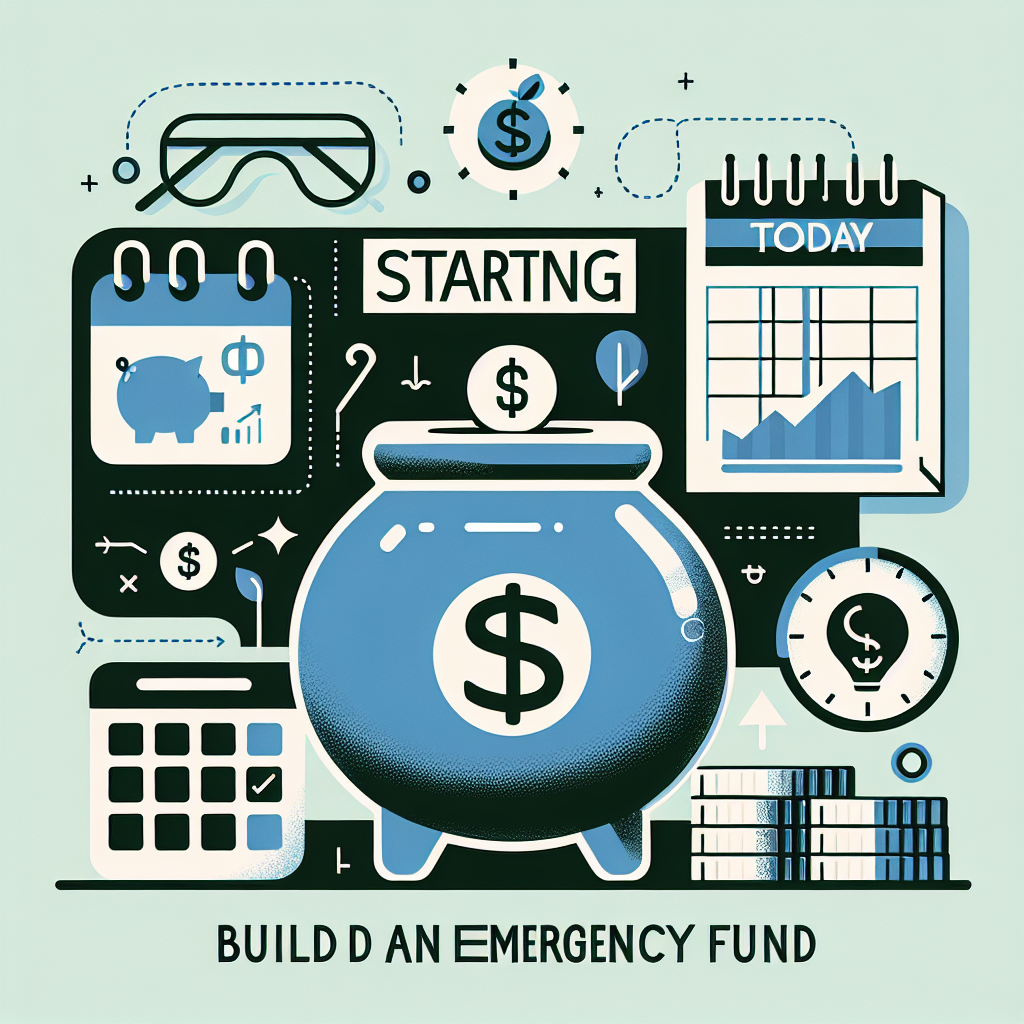
An emergency fund is a crucial component of effective financial planning. It serves as a designated reserve of cash set aside for unforeseen circumstances, such as medical emergencies, job loss, or urgent home repairs. Unlike regular savings that may be earmarked for specific goals like vacations or purchasing a car, an emergency fund is purely intended to absorb unexpected shocks to one’s financial system. This distinction highlights the importance of having a solid cushion to support individuals or families during times of unpredictable hardship.
The need for an emergency fund becomes evident when considering the likelihood of unexpected events. Financial crises can arise in various forms, often leading to long-lasting impacts on one’s economic stability. Having a well-stocked emergency fund acts as a safety net, mitigating stress and providing peace of mind when life throws curveballs. This financial buffer allows individuals to navigate through emergencies without resorting to high-interest loans or credit cards, which can exacerbate financial strain.
Many financial experts recommend aiming for three to six months’ worth of living expenses saved in an emergency fund. This amount may vary based on personal circumstances, including job security and living costs. Regardless of the specific target, starting to build an emergency fund is an essential step toward achieving overall financial health. It not only protects against immediate financial distress but also facilitates better decision-making during emergencies, allowing individuals to focus on long-term recovery rather than immediate survival.
By establishing an emergency fund, individuals take proactive steps towards safeguarding their financial futures. The journey to building this fund is relatively straightforward, yet it is a pivotal habit that can greatly enhance one’s financial resilience. Thus, understanding the importance of an emergency fund and how it differs from other savings is a foundational aspect of personal finance management.

An emergency fund is a fundamental aspect of personal finance that serves as a financial safety net in times of unforeseen circumstances. The primary role of such a fund is to provide individuals with peace of mind and financial security, enabling them to navigate challenges without resorting to high-interest debt options. Having a well-stocked emergency fund can significantly reduce financial stress during emergencies, whether they stem from unexpected medical expenses, job loss, or urgent home repairs.
One of the most significant benefits of an emergency fund is that it acts as a buffer against economic uncertainties. When an unplanned expense arises, having readily accessible savings allows individuals to confront these situations proactively, rather than reactively. This financial preparedness not only facilitates timely responses to emergencies but also ensures that individuals do not compromise their long-term financial goals by diverting funds allocated for savings or investments.
Furthermore, in the absence of an emergency fund, individuals may feel compelled to resort to credit cards or personal loans, potentially leading to a cycle of debt that can be difficult to escape. High-interest rates associated with these financial products can exacerbate the stress stemming from an emergency, creating a vicious cycle of financial hardship. Having a dedicated reserve eliminates the need for such measures, enabling individuals to maintain greater control over their financial situations when unexpected challenges emerge.
In addition to protecting against the immediate financial impacts of emergencies, an emergency fund fosters better financial habits overall. Regularly contributing to this fund encourages individuals to manage their finances responsibly and prioritize saving. Establishing an emergency fund is not merely about setting aside money; it is about cultivating a mindset that values preparedness and stability, ultimately contributing to a more secure financial future.
Determining the appropriate size of your emergency fund is a crucial step in financial planning. Several key factors should be considered to establish a comfortable and functional emergency fund that caters to your unique circumstances. One of the primary aspects to evaluate is your monthly expenses. A commonly recommended guideline is to save three to six months’ worth of living expenses. This range offers a buffer against unexpected situations, such as job loss or significant medical bills.
Another important consideration is the stability of your income. For individuals with stable employment in secure industries, a smaller emergency fund may suffice. Conversely, those in gig economies or less stable jobs should aim for a more substantial reserve, ideally six to twelve months’ worth of expenses. This buffer will provide peace of mind during uncertain periods, ensuring that you can cover necessary expenses without immediate financial pressure.
Your dependents also play a significant role in determining the size of your emergency fund. If you are the primary earner for a family or have dependents relying on your income, you may want to increase your savings to account for their needs. Additionally, lifestyle choices and health considerations should be factored into your calculations. If your lifestyle requires higher discretionary spending or you have ongoing health concerns, a larger emergency fund can mitigate potential financial strain.
As you evaluate your situation, consider creating a tailored plan that aligns your emergency fund with your specific circumstances. For instance, an individual with minimal responsibilities may feel comfortable with a modest fund, while a household with multiple obligations might lean towards a more substantial reserve. Establishing clear savings goals and regularly reviewing your fund will ensure that you remain prepared for life’s unexpected events.
Establishing savings goals is a fundamental first step in the journey to building a robust emergency fund. This process involves defining both short-term and long-term targets that align with personal financial circumstances and future needs. By having clear objectives, individuals can channel their financial efforts more efficiently and feel motivated to reach their goals.
Short-term savings goals typically cover immediate financial needs, such as creating a satisfactory cushion to handle unexpected expenses. A common recommendation is to aim for three to six months’ worth of essential living expenses in your emergency fund. Begin by calculating monthly expenses, which may include rent or mortgage payments, utilities, groceries, and transportation costs. With a precise figure in mind, individuals can set a short-term target, such as saving a specific amount each month until reaching that necessary total. This approach not only promotes discipline but also provides a sense of accomplishment as each milestone is achieved.
Long-term goals, on the other hand, focus on broader financial security and stability. These objectives might involve increasing the emergency fund beyond the basic three to six months’ coverage or investing additional savings for future emergencies. It is wise to periodically review and adjust these long-term goals based on changing circumstances, such as career developments or lifestyle changes like starting a family. One effective way to track progress is through the use of budgeting apps or spreadsheets, which allow individuals to monitor both savings and expenses efficiently.
Ultimately, setting actionable savings goals is an effective strategy that lays the groundwork for a successful emergency fund. By defining specific targets and utilizing techniques to track achievements, individuals can cultivate a proactive approach to their financial well-being.
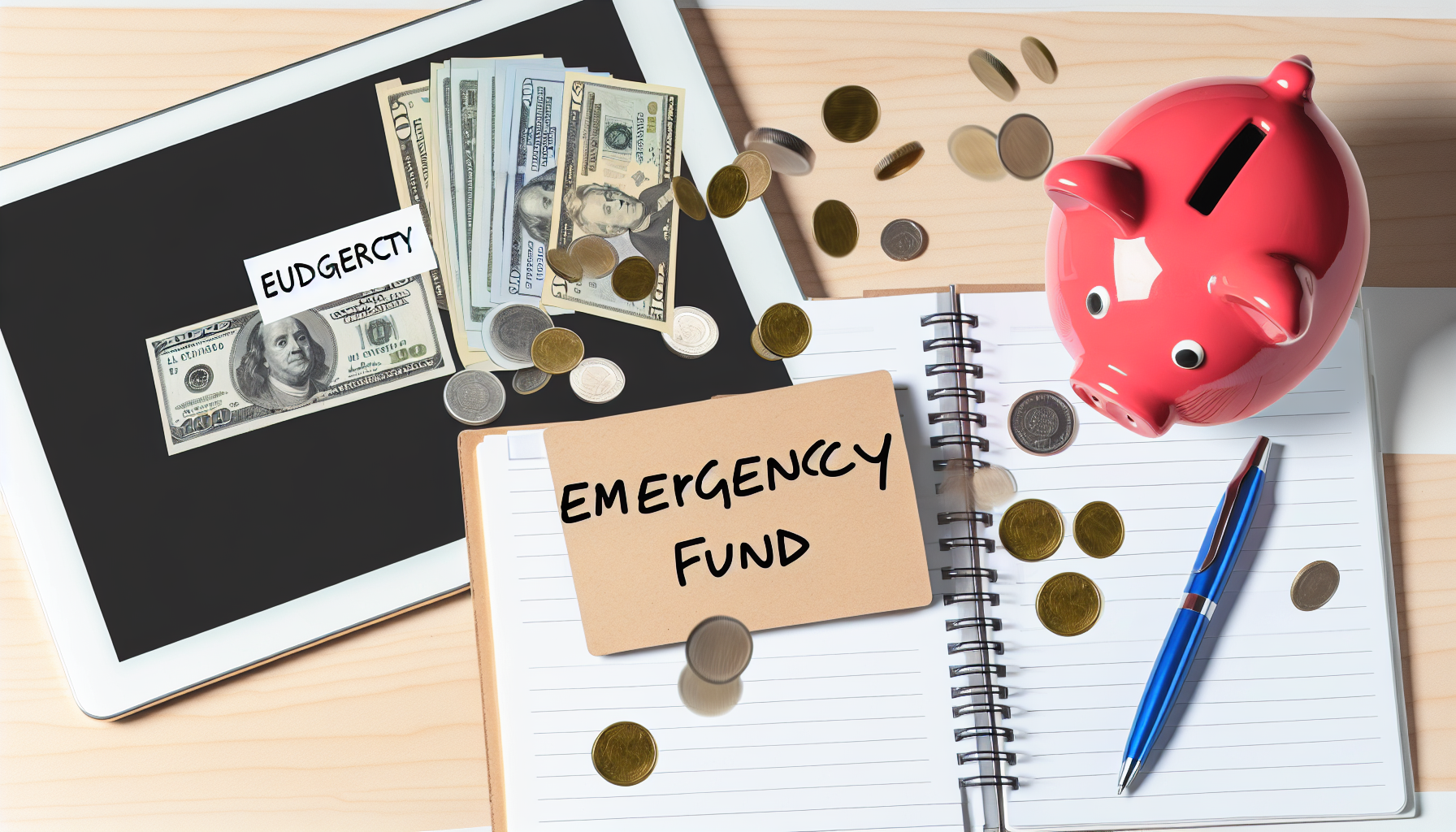
Establishing an effective budget is a crucial step towards building a robust emergency fund. A well-structured budget not only helps you save but also ensures that your financial resources are allocated wisely. One effective budgeting framework that can be utilized is the 50/30/20 rule. This rule suggests that 50% of your income should be directed towards needs, such as housing and groceries; 30% towards wants, like entertainment and dining out; and 20% towards savings and debt repayment. By integrating emergency fund contributions into this framework, you can significantly enhance your financial security.
To start, calculate your monthly take-home income. Once you have this figure, apply the 50/30/20 rule to determine how much you can set aside for your emergency fund. For instance, if you earn $3,000 monthly, allocate $600 (20% of your income) towards savings. This amount can be directed specifically to your emergency fund, allowing it to grow over time.
If your priority is to build an emergency fund quickly, consider adjusting your expenses. Analyze your needs and wants and identify areas where you can cut back. Perhaps you could reduce discretionary spending on cable subscriptions or dining out, redirecting these funds toward your emergency savings. Additionally, look for opportunities to increase your income – whether it’s taking on freelance work or selling unused items. Any additional income can further bolster your emergency fund.
With consistency and discipline, incorporating emergency fund savings into your budget can lead to financial peace of mind. Over time, these small adjustments can accumulate, enabling you to reach your emergency fund goal more swiftly. Proper budgeting not only sets the groundwork for this fund but also instills a culture of savings in your overall financial management.
Establishing an emergency fund is a vital step in securing financial stability. To build your fund more efficiently, consider implementing a variety of saving strategies that can enhance your capability to save consistently.
One effective strategy is to automate your savings. By setting up automatic transfers from your checking account to your emergency fund, you ensure that a portion of your income is regularly allocated toward savings without requiring conscious effort. This approach often leads to higher savings rates, as individuals may not miss the money that is automatically transferred. Consider designating a specific percentage of your paycheck to be saved, particularly during times of financial stability.
In addition to automation, utilizing unexpected windfalls can significantly expedite your savings goals. Whenever you receive bonuses, tax refunds, or any other unexpected financial gains, think about allocating a significant portion of those funds directly to your emergency savings. This infusion of cash can provide a substantial boost, helping you reach your desired goal more quickly. However, be mindful not to allocate all windfall amounts to your fund; retaining a portion for discretionary spending or investments can also be beneficial.
Another strategy involves adopting frugal living practices. Cutting unnecessary expenses allows you to redirect those funds towards your emergency savings. Evaluate your current spending patterns and identify areas where you can reduce costs, such as dining out less frequently or cancelling unused subscriptions. Embracing a more frugal lifestyle not only enhances your savings but also cultivates the mindset of prioritizing financial security.
Implementing these saving strategies can make the process of building your emergency fund manageable and effective. By automating savings, wisely using unexpected financial gains, and adopting frugal habits, you will be well on your way to establishing a solid financial safety net that can provide peace of mind in uncertain times.
When it comes to building an emergency fund, selecting the appropriate savings account is crucial for maximizing both accessibility and growth potential. The right choice may vary based on individual financial goals, but understanding the options available can significantly impact your savings journey.
High-yield savings accounts are popular among savers aiming for higher interest rates compared to traditional savings accounts. These accounts typically offer interest rates that can be several times higher than the national average, allowing your emergency fund to grow more effectively over time. Additionally, most high-yield savings accounts are offered by online banks, which tend to have lower overhead costs and pass the savings onto their customers in the form of better interest rates. Keep in mind that while these accounts are generally safe, ensuring that they are FDIC-insured is vital for protecting your savings.
Money market accounts represent another viable option for those looking to save. These accounts often combine features of both savings and checking accounts, providing the flexibility of limited check writing and debit card access. They also tend to offer competitive interest rates, though these rates may vary based on the amount you deposit. Money market accounts can be an excellent choice for individuals who desire easy access to their funds while still earning interest, but they often come with minimum balance requirements that could be challenging for some savers.
Other alternatives include certificates of deposit (CDs) and traditional savings accounts. CDs typically offer higher interest rates in exchange for locking in your funds for a specified term. While this can yield beneficial returns, it may not provide the liquidity needed for an emergency fund. Conversely, traditional savings accounts offer lower interest rates but allow for easy access to funds. Ultimately, assessing your financial needs and comparing the access, interest rates, and security features of various options is essential for choosing the right savings account for your emergency fund.
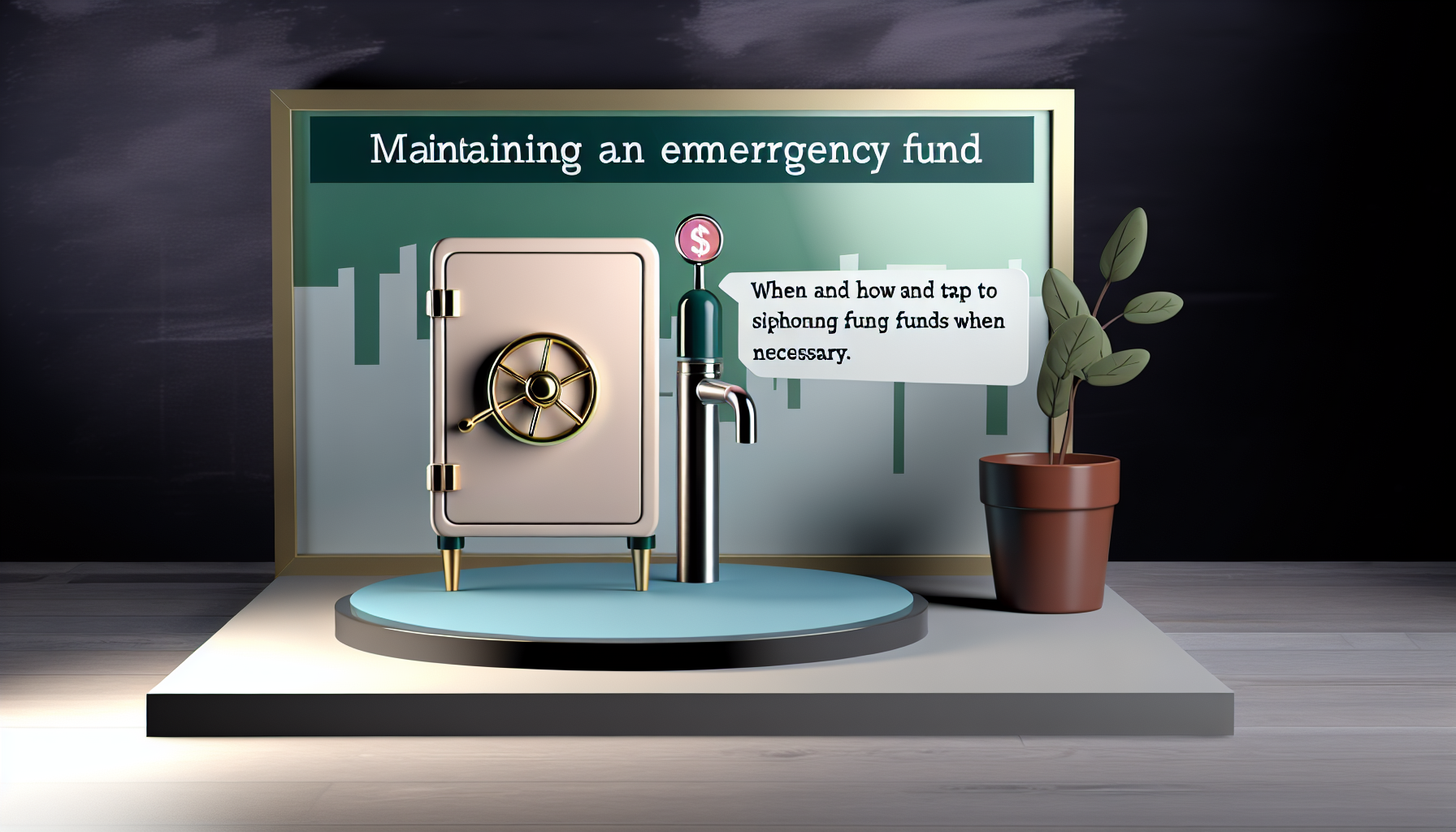
Maintaining an emergency fund is crucial for unexpected financial challenges that may arise. However, knowing when and how to withdraw funds is equally important to ensure that the purpose of your emergency fund is served appropriately without jeopardizing your financial stability. Several circumstances justify tapping into this reserve, including job loss, medical emergencies, urgent home repairs, or unforeseen travel costs related to family emergencies. Each of these situations may demand immediate financial resources, making your emergency fund a vital asset.
When you find yourself in a situation that requires you to access these funds, it is essential to do so responsibly. Begin by assessing the urgency of the situation. If the expense can be deferred or covered through alternative means, it may be wise to hold off on using the emergency fund. Before making a withdrawal, consider whether the expense genuinely qualifies as a “true emergency.” Non-essential purchases or planned expenses should not be financed through your emergency savings. Your focus should remain on addressing immediate needs that cannot wait.
After withdrawing from your emergency fund, it is important to prioritize replenishing the amount used. This action protects your financial security and prepares you for future emergencies that may arise. Create a clear plan to allocate a percentage of your monthly income toward restoring the fund until it reaches your original target. Consistent contributions to this financial safety net will ensure you remain prepared for unforeseen circumstances without detracting from your financial health.
In conclusion, understanding when and how to access your emergency fund is essential for maintaining your financial readiness. Tapping into this resource should always be a thoughtful decision, guided by the nature of the emergency and followed by diligent efforts to replenish the fund afterward.
Building and maintaining an emergency fund requires a sustained commitment, which can be challenging for many individuals. To reinforce your dedication to saving, adopting a structured approach can prove beneficial. One of the most effective strategies is to set clear financial goals. Define the amount you wish to save and establish a timeline for achieving this target. This clarity provides motivation and direction, making the process more manageable.
Utilizing digital tools can enhance your savings efforts. Setting reminders on your calendar or utilizing budgeting apps can keep your goals at the forefront of your mind. These reminders can prompt you to make regular contributions to your emergency fund. Additionally, consider automating your savings. By transferring a fixed amount to your fund each month right after receiving your paycheck, you build good saving habits without the temptation to spend that money elsewhere.
Another motivational strategy is to celebrate milestones. Recognizing and rewarding yourself for achieving certain savings benchmarks—whether it’s a small treat or a night out—can reinforce positive behavior. This acknowledgment serves as an affirmation of your progress, keeping you inspired and focused on your ultimate savings goal.
Understanding the psychology behind saving can further enhance your commitment. Recognizing the security that an emergency fund provides can shift your mindset. Instead of viewing saving as a restriction, consider it a means of empowerment and peace of mind. By internalizing the many benefits of an emergency fund—such as reducing financial stress in uncertain times—you will likely find yourself more motivated to stay the course.
Incorporating these strategies into your savings plan will increase your likelihood of staying committed. As you progress, remember that every contribution is a step toward financial security and independence.
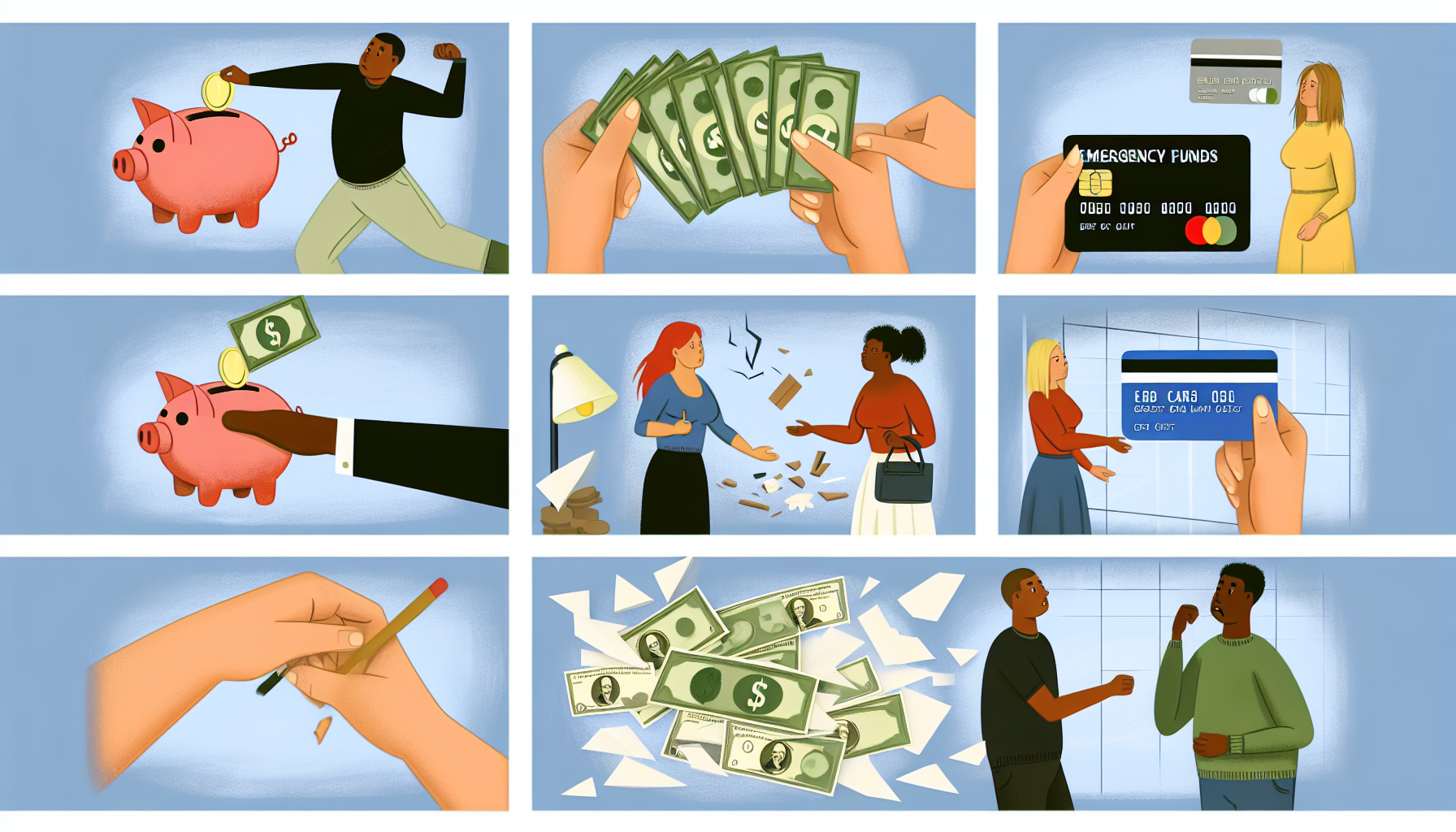
When it comes to building an emergency fund, individuals often encounter several pitfalls that can impede their progress. One prominent mistake is undersaving, which can occur when people underestimate the amount they actually need to cover unforeseen expenses. Financial experts typically recommend having three to six months’ worth of living expenses set aside, but some might aim for a much lower figure, believing it will suffice. This conservative approach can leave individuals vulnerable in the event of a sudden job loss or unexpected medical bills, diminishing the very purpose of the emergency fund.
Another common error is the lack of a structured plan for contributions to the emergency fund. Without a clear strategy, individuals may find it difficult to consistently save money. Many people approach their savings casually, possibly attempting to allocate whatever funds remain at the end of each month. This sporadic saving can lead to slow progress and frustration. Establishing a monthly saving schedule and treating it as a recurring expense can provide a more reliable structure, enhancing the likelihood of reaching savings goals.
Misusing the funds in the emergency account is also a frequent mistake. Some individuals are tempted to dip into their reserves for non-emergent expenses, such as vacations or that new gadget they’ve been eyeing. This behavior undermines the emergency fund’s purpose, ultimately leaving individuals unprepared when a real crisis does arise. Adopting strict criteria for what constitutes an emergency can help avoid this trap and keep the funds intact for genuine needs.
Avoiding these common mistakes can lead to a more effective and robust emergency fund, providing a necessary financial cushion during challenging times. Building resilience through diligent savings and mindful practices is key to navigating the uncertainties of life.
Establishing an emergency fund is a crucial step in achieving financial stability and security. However, the initial amount you set aside may not remain adequate over time. It is essential to revisit and adjust your emergency fund goals periodically to account for various life circumstances that may affect your financial situation. Understanding the factors that necessitate these adjustments can help you maintain a robust safety net.
One primary reason to review your emergency fund is life changes, such as marriage, divorce, or the birth of a child. Each of these milestones can greatly influence your financial responsibilities and needs. For example, after having a child, your expenses may increase significantly due to additional costs for childcare, healthcare, or education. As a result, reassessing your emergency fund to ensure it covers at least three to six months’ worth of living expenses becomes important.
Another factor necessitating review is changes in income or job status. Whether you received a promotion, switched careers, or faced unexpected job loss, your financial landscape can shift dramatically. An increase in income may allow you to save more, while a reduction may necessitate a reevaluation of how much you can realistically contribute to your fund. Regularly analyzing your income provides insights into whether your current savings strategy remains viable.
Additionally, fluctuating financial priorities may warrant adjustments to your emergency fund goals. Life events such as purchasing a home, starting a business, or planning for retirement can impact what you deem necessary for security. By reassessing your fund periodically, you ensure that it aligns with your evolving financial landscape and priorities, ultimately providing you with effective protection against unforeseen circumstances.
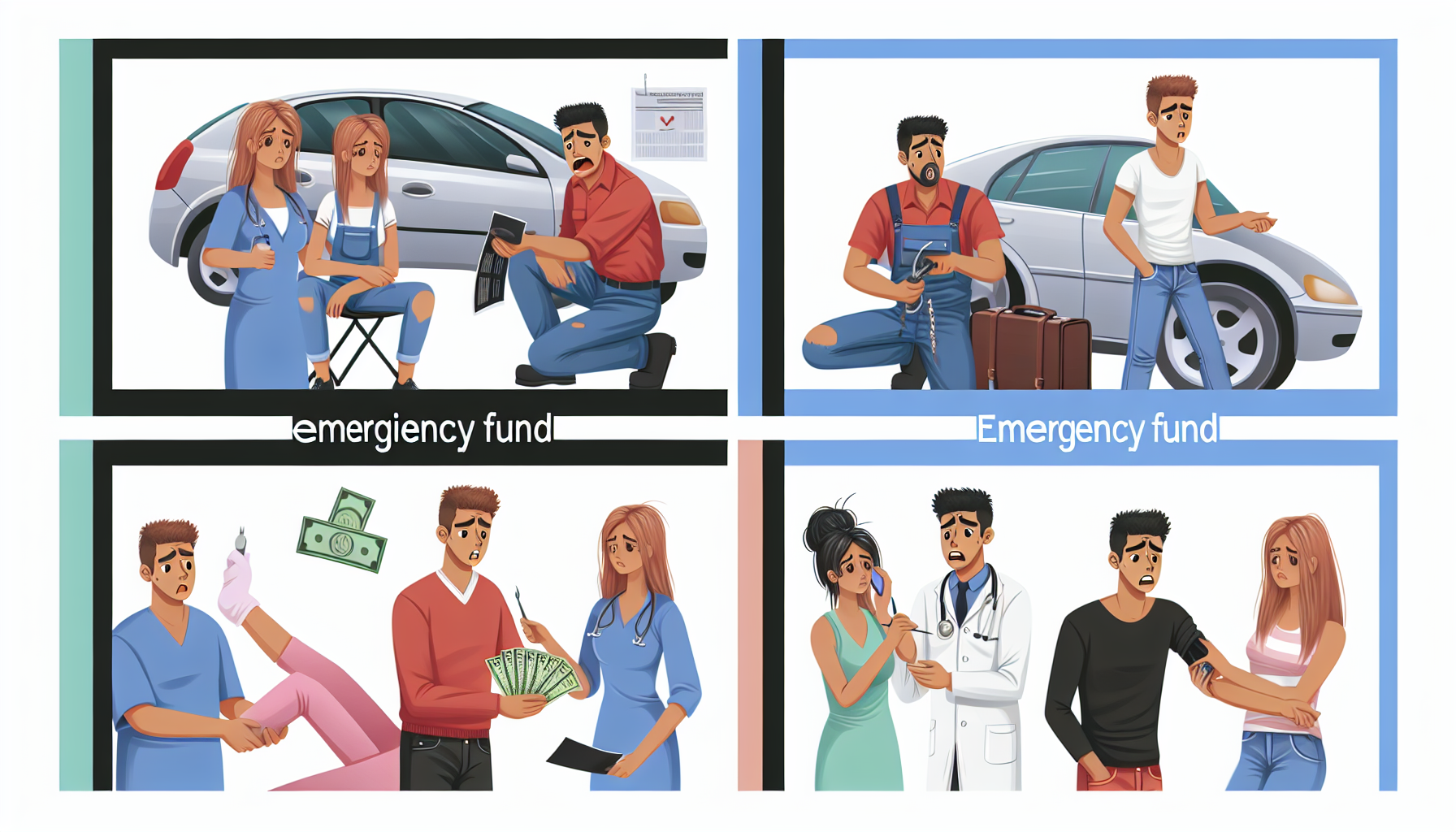
Establishing an emergency fund can be a transformative financial decision, as evidenced by numerous success stories. For instance, Sarah, a single mother living in a bustling city, discovered the importance of having savings when her son experienced a sudden medical emergency. Without an emergency fund, she would have faced significant credit card debt. However, thanks to the cushion she had built over the years, she managed to cover the unexpected medical expenses without incurring debt, which ultimately preserved her overall financial health.
Another compelling example comes from Mark, a freelance graphic designer. Mark had been diligently saving a small portion of his income towards his emergency fund. When a major client unexpectedly canceled a project, he was left without immediate income. The emergency fund he had established not only provided the cash flow needed to cover his living expenses for a few months but also gave him the peace of mind to actively seek new clients without the stress of financial instability. Mark credits his savings for allowing him to maintain his creative focus during a challenging period.
There are also stories like that of Emily, who quickly accumulated her emergency fund over the course of two years by consistently setting aside a portion of her paycheck. When her car broke down, which she relied on for commuting to work, Emily was able to cover the repairs with ease. This proactive step not only equipped her to tackle unexpected costs but also fortified her confidence in managing finances. Emily emphasizes that having an emergency fund empowers individuals to navigate life’s uncertainties without derailing long-term financial goals.
These real-life scenarios demonstrate the profound impact that an emergency fund can have on individuals facing unforeseen circumstances. By drawing inspiration from these success stories, readers are encouraged to prioritize building their own emergency fund, affording themselves the security and flexibility necessary in today’s unpredictable world.
Building an emergency fund is an essential step in achieving financial security and peace of mind. Throughout this blog post, we have explored the significance of having a financial safety net, which can protect you from unforeseen expenses such as medical emergencies, job losses, or urgent home repairs. An emergency fund serves as a buffer, allowing individuals to navigate financial crises without resorting to high-interest debt or depleting essential savings.
As we discussed, the optimal amount to save can vary based on personal circumstances, but a common guideline suggests aiming for three to six months’ worth of living expenses. This figure may seem daunting at first; however, starting small and gradually increasing your savings can make this goal more achievable. Consider setting up automatic transfers to a separate savings account dedicated solely to your emergency fund. This practice not only simplifies the saving process but also instills a sense of discipline, ensuring that contributions are made consistently.
Moreover, maintaining an emergency fund requires ongoing effort and vigilance. Regularly reassessing your financial situation, including income changes or fluctuations in your expenses, will help you determine if adjustments to your fund are necessary. Additionally, consider revisiting and revising your savings goals periodically to stay aligned with your financial priorities.
In summary, taking actionable steps toward building an emergency fund can lead to significant long-term benefits, including reduced stress and increased financial independence. By cultivating a saving habit and understanding the importance of preparedness, you can lay the foundation for a more secure financial future. It’s never too late to start saving, so take the first step today toward establishing your emergency fund and solidifying your financial well-being.
Looking to advertise, promote your brand, or explore partnership opportunities?
Reach out to us at
[email protected]




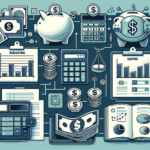







Chose where you want to study, and we will let you know with more updates.